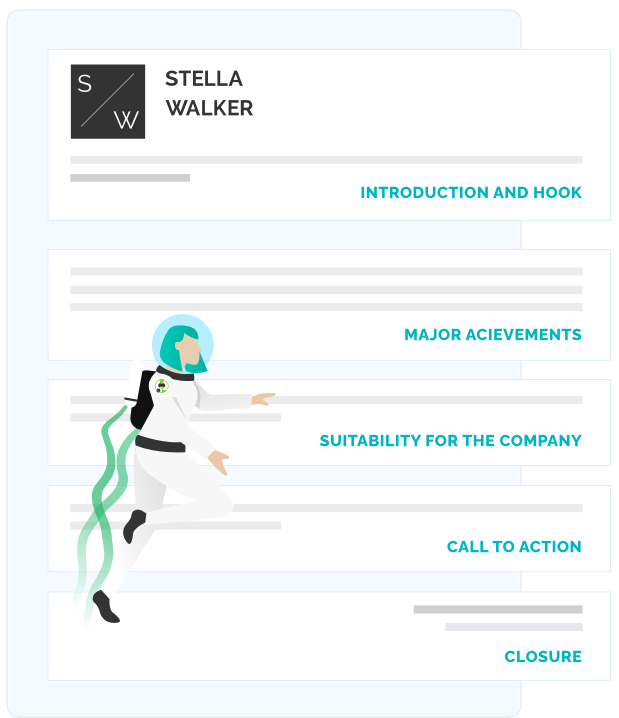
There are five important elements you need to include in every good cover letter: a header, an introduction that hooks the hiring manager’s attention, a list of your most impressive achievements, an explanation of why you are the perfect fit for the job and a call-to-action.
The header must contain your contact information so that the hiring manager will know how to contact you. This includes:
You also need to include the hiring manager’s information to prove that you have done your research into the company you are applying for. Featuring the potential employer’s contact info can create a more personal connection that will help you stand out from those who didn’t take the time to do this research. Here is a quick list of other contact information you need to include:
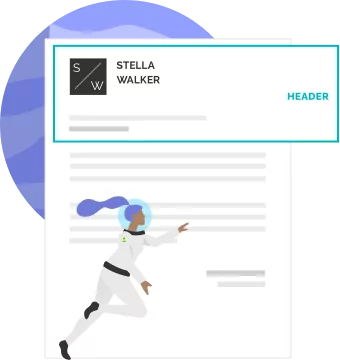
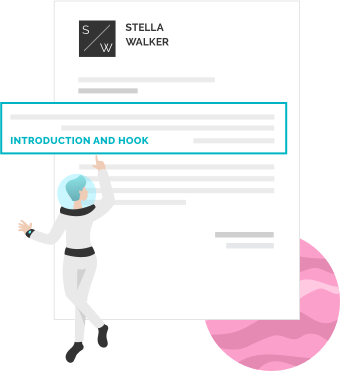
The salutation and opening paragraph introduces who you are to the recruiter. One page is the average cover letter length, which means you need to maximize the space you have to talk about who you are and what you can provide to the company. When you greet the employer, stay away from generic phrases such as:
Impersonal salutations and phrases like these can sound cold or copied and pasted from a cover letter template with little variation. While using a template is a perfectly viable option, you need to tailor your cover letter to each job posting you apply for. Your application letter should delve into your experiences right away.
In the first paragraph, highlight your most relevant work experience and achievements. You should have the job description on-hand to see which of your previous jobs or achievements best match what the company is looking for. You can also list volunteer experience, relevant extracurricular activities, and even programs you are familiar with if it pertains to the job description.
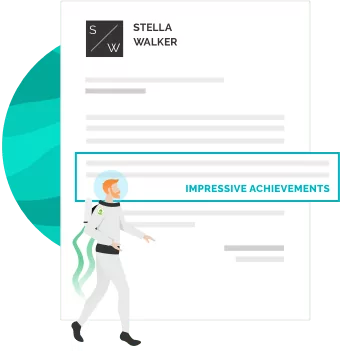
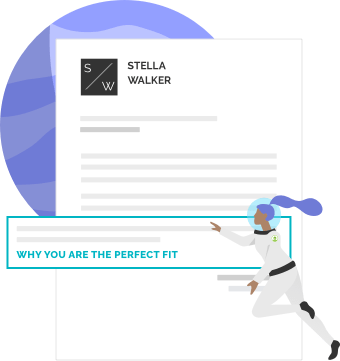
Further elaborating on the work experience and achievements you listed in the previous paragraph lets the hiring manager know exactly why you would be the perfect fit for a position. This paragraph is crucial, so be sure you only highlight the achievements and experience that most closely matches the job description.
Make your final paragraph a call to action, in which you summarize your work experience and enthusiasm for the job opportunity. Sign off with an invitation to follow up for an interview, either by phone call or email. Be sure to thank the hiring manager for their time before you end your letter.
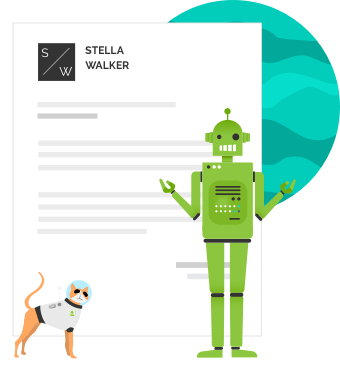
Formatting a cover letter is relatively simple. A traditional cover letter should contain the following:
Job seekers can also use ResumeNerd’s cover letter templates and cover letter examples to look into the specific requirements any industry calls for in their cover letters.
Some cover letter sites will offer premium templates that you will need to pay for. However, there really isn’t much of a difference between these premium templates and the free templates found on ResumeNerd. Our free templates can help you create a professional cover letter in a matter of minutes. ResumeNerd also has plenty of cover letter examples, cover letter samples and other useful tips for you to write the perfect cover letter for your next job application.
Even if the job application doesn’t specifically call for a cover letter or the cover letter is listed as optional, it is still a good idea to write one. Including even a simple cover letter with your application shows that you are willing to put in the extra work, which can bode well if you are to be hired. It can also boost you ahead of any candidates who did not bother to write a cover letter.
Cover letter formats exist for a reason – they’re proven to get your letter past applicant tracking systems (ATS) that companies often use to scan letters. ATS primarily searches for keywords that relate to the job description, so if you follow all the steps above, and house your letter in a layout that ATS can easily scan, it improves your chances of your letter getting to an actual hiring manager.